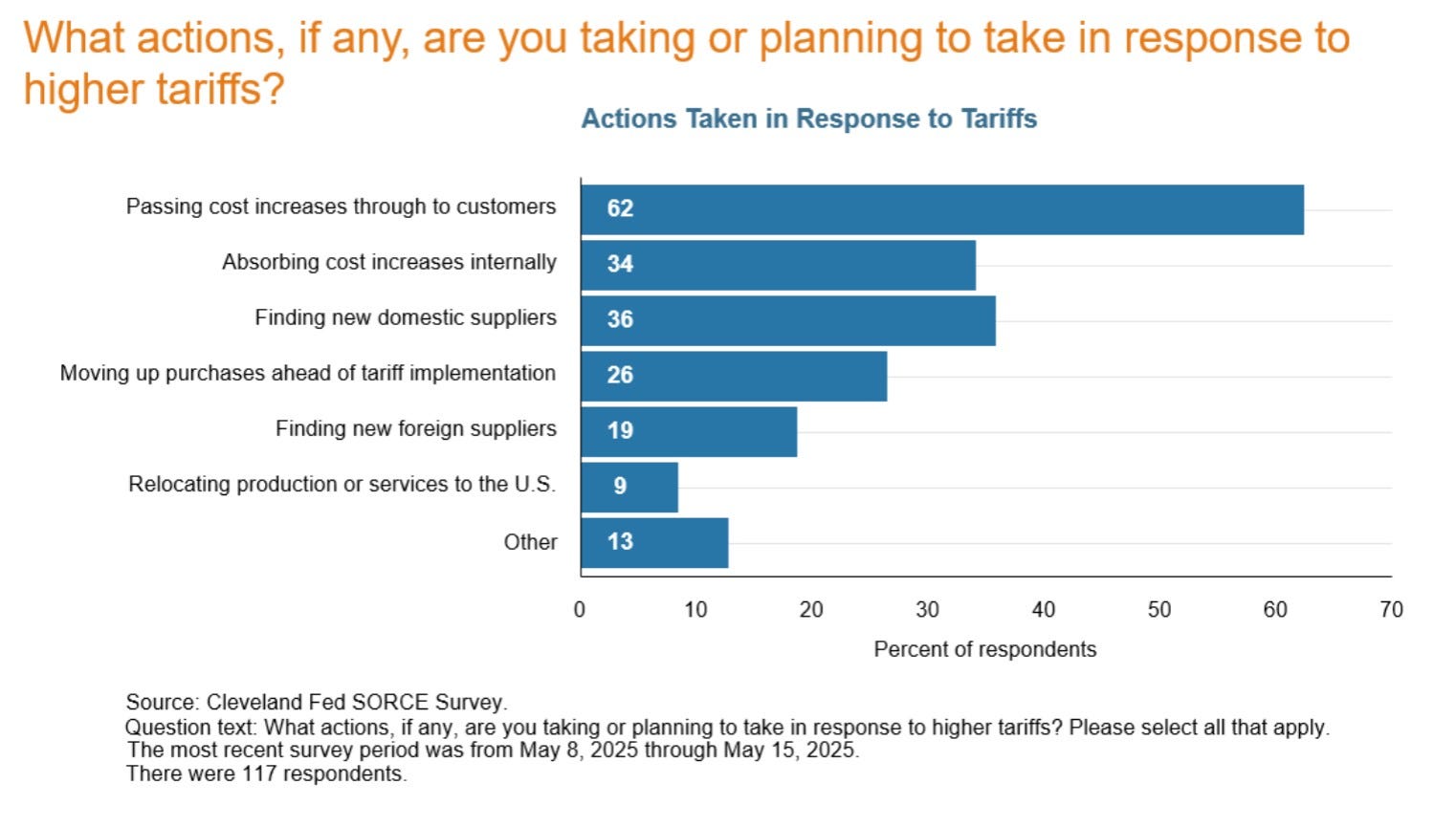
The United States economy faces a period of below-average growth through early 2026, coupled with the potential for increased inflation in the short term. This outlook stems from a combination of federal economic data and analyses provided by Wolters Kluwer's Blue Chip Economic Indicators. The projections paint a picture of a slow and steady, yet uncertain, economic landscape.
Ohio's Economic Performance Lagging Behind National Trends
Ohio's economic situation presents a more nuanced picture. According to Lisa Barrow, Vice President of the Federal Reserve Bank of Cleveland, job growth in Ohio has not kept pace with the stronger national trends observed since February 2020. Furthermore, payroll employment in several of Ohio's metropolitan areas remains below pre-pandemic levels. Barrow shared these findings during a presentation to the Stark Tuscarawas Workforce Development Board on July 9th.
The Federal Reserve Bank of Cleveland's region encompasses the entirety of Ohio, along with portions of West Virginia, Pennsylvania, and Kentucky, giving Barrow's analysis a broad regional perspective.
Aging Population and Labor Force Challenges in Ohio
A significant challenge for Ohio employers is the state's aging population. This demographic trend contributes to a labor force growth rate that lags behind the national average. Between February 2020 and May 2025, the labor force, defined as individuals over 16 who are either employed or actively seeking employment, experienced a 3.7% increase nationwide. In contrast, Ohio's labor force grew by only 0.9% during the same period. Data for the Cleveland-Elyria metro area only extended to December 2024. This disparity highlights a critical issue for Ohio's economic future: a potential shortage of available workers.
Uncertainty in Trade Policy and Tariffs
Beyond demographic challenges, the economic outlook is clouded by significant uncertainty, particularly in the realm of trade policy and tariffs. Barrow emphasized that the level of uncertainty surrounding these factors is unusually high.
A recent survey conducted by the Federal Reserve Bank of Cleveland underscores the concerns of regional businesses. The survey revealed that over half of the respondents anticipate that tariffs will lead to a decrease in demand while simultaneously increasing input costs and selling prices. This combination of factors could negatively impact profitability and competitiveness.
Businesses Passing Costs to Consumers
In response to rising costs, a substantial majority (62%) of businesses in the region have already taken steps, or are planning to take steps, to pass these cost increases on to their customers. This suggests that consumers are likely to bear the brunt of tariff-related cost increases, potentially contributing to inflationary pressures.
Key Highlights from the Economic Presentation
The economic presentation delivered to the Stark Tuscarawas Workforce Development Board included several key highlights that provide further insight into the current economic climate:
- National GDP Decline: The nation's gross domestic product experienced a decline of 0.5% in the first quarter of the year. This decline was largely attributed to a surge in imports.
- Payroll Employment Growth: Between February 2020 and May 2025, payroll employment increased by 4.8% nationwide. Ohio saw a smaller increase of 1.7% during the same period.
- Canton-Massillon Employment Growth: The Canton-Massillon metropolitan area experienced a modest employment increase of 0.3% during the period from February 2020 to May 2025.
- Sector Growth in Ohio: The education and health services sectors, followed by construction, demonstrated the most significant year-over-year growth in Ohio. This suggests that these sectors are driving much of the state's economic activity.
Workforce Development Board's Perspective
JoAnn Breedlove, Executive Director of the Workforce Development Board, emphasized the dynamic and ever-changing nature of the economic landscape. The board actively seeks out opportunities to stay informed, including inviting experts to share their insights with area elected officials. The presentation from the Federal Reserve Bank of Cleveland provided valuable information for understanding the current economic challenges and opportunities facing the region.
Post a Comment for "Cleveland Fed: Cautious Optimism, Cloudy Skies"